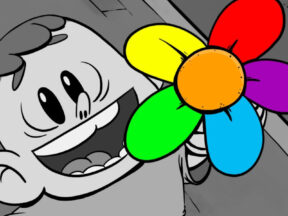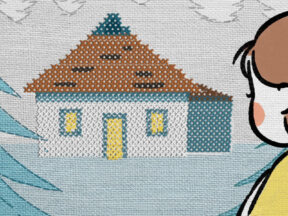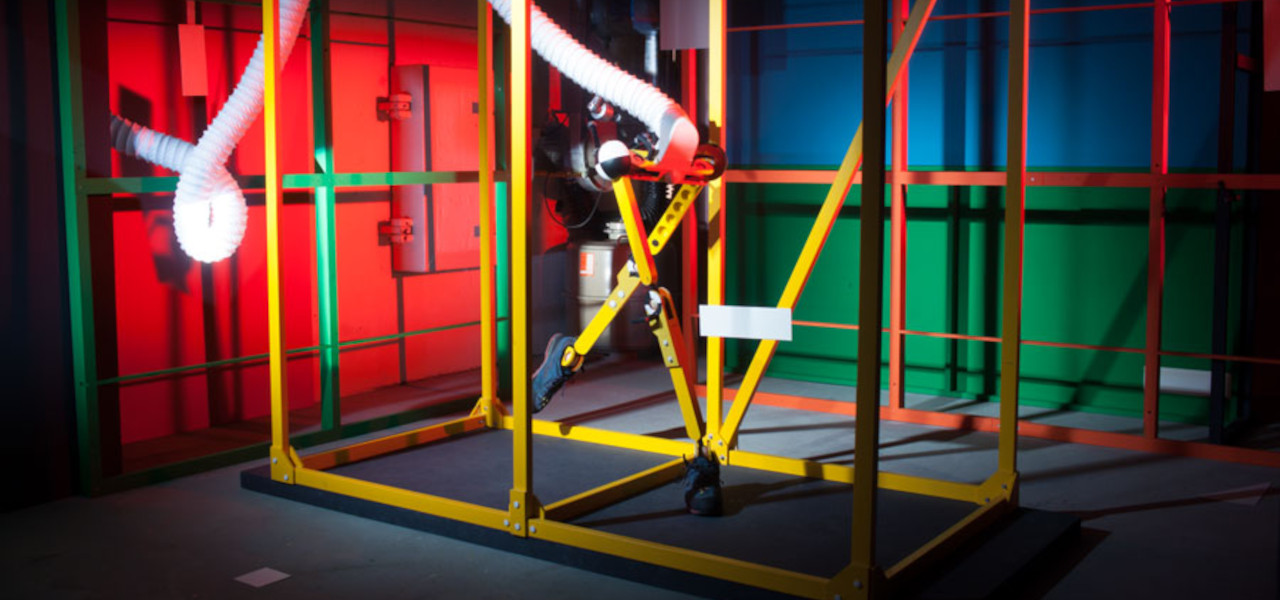
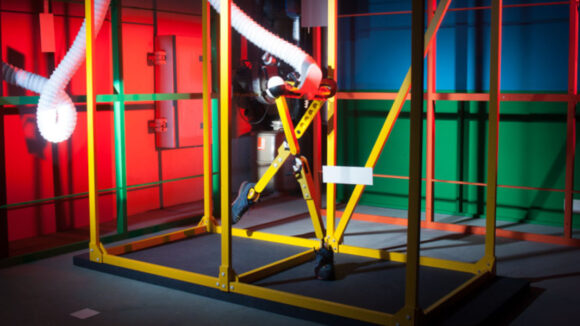
2024 Oscars Short Film Contenders: ‘Arrest In Flight’ Director Adrian Flury
Welcome to Cartoon Brew’s series of spotlights focusing on the animated shorts that have qualified for the 2024 Oscars. There are several ways a film can earn eligibility. With these profiles, we’ll be focusing on films that have done so by winning an Oscar-qualifying award at an Oscar-qualifying festival.
Today’s short is Arrested in Flight by director Adrian Flury, which earned its Oscar qualification by winning the Chris Frayne Award for an animated short at the Ann Arbor Film Festival.
This non-narrative film is a joy to watch, loaded with color and motion that is familiar and satisfying yet always just a few degrees from normal, especially when paired with its eerie soundtrack.
Cartoon Brew: Yours is one of the few non-narrative films qualified for this year’s awards. What were you trying to accomplish when you started working on the short? And how did the results compare to your expectations?
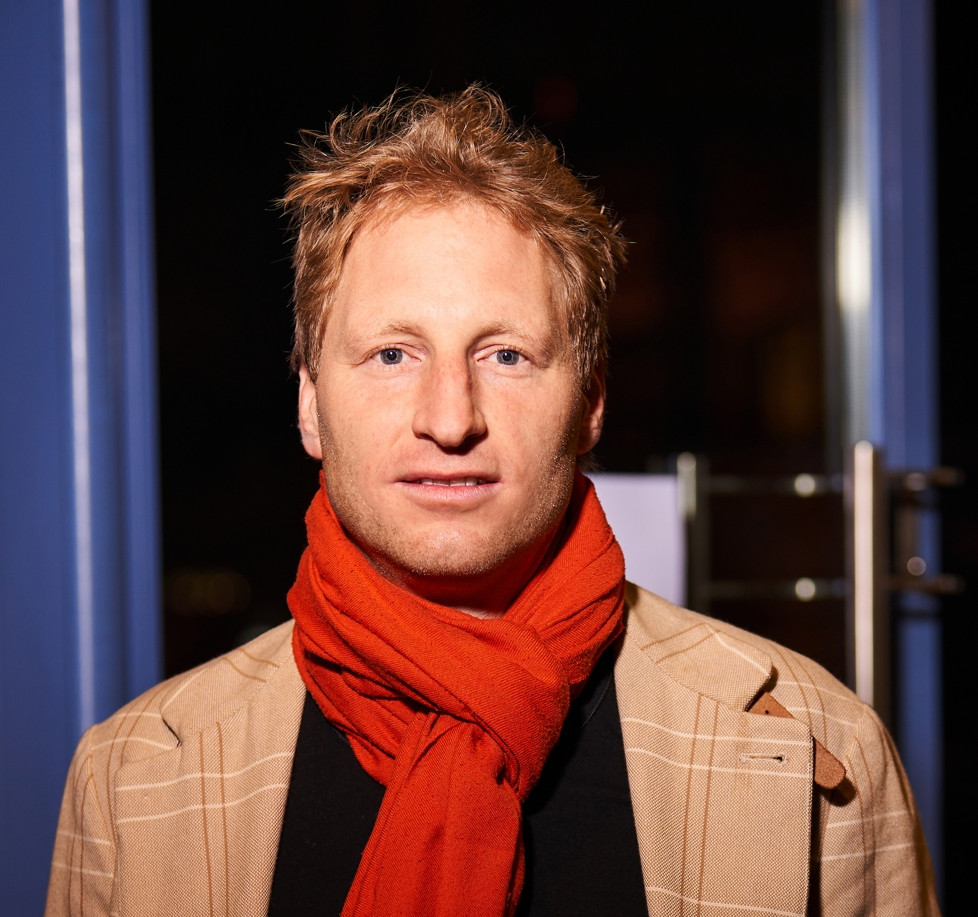
Adrian Flury:The idea was to produce movement through very simple methods and objects, which follow the rules of physical circumstances in front of the camera, and do not follow a script written on paper. I tried what seemed most obvious instead of producing images that were needed or wanted. The result was better and much different from my plan, but it`s important to me to surprise myself with every work.
What was it about this story or concept that connected with you and compelled you to direct the film?
It was to bring these experiments into a film and combine them in a scientific-looking setting. It should be as in some real scientific test facilities – they look fascinating, but they give no clue what the research is about. The aim was to keep the mystery by leaving most things unknown.
What did you learn through the experience of making this film, either production-wise, filmmaking-wise, creatively, or about the subject matter?
One of the main things I learned on this is that you should never let yourself stray too much based on other people’s opinions. Because if you ask 10 people for their opinion, you mostly get 10 very different answers, and you’ll struggle to match them all. But mainly because people who give advice have never tried to make your film.
Can you describe how you developed your visual approach to the film? Why did you settle on this style/technique?
I planned to do the animation in real locations because it’s all life-sized. As the real locations turned out to be not practical, I switched to a studio, where I had more options – except that there was no surrounding and everything had to be built up. So there came the color to fill up the void. Another reason for the colorful style is that most science fiction films try to create a grim and monochrome world. But I just like saturated colors.

.png)
